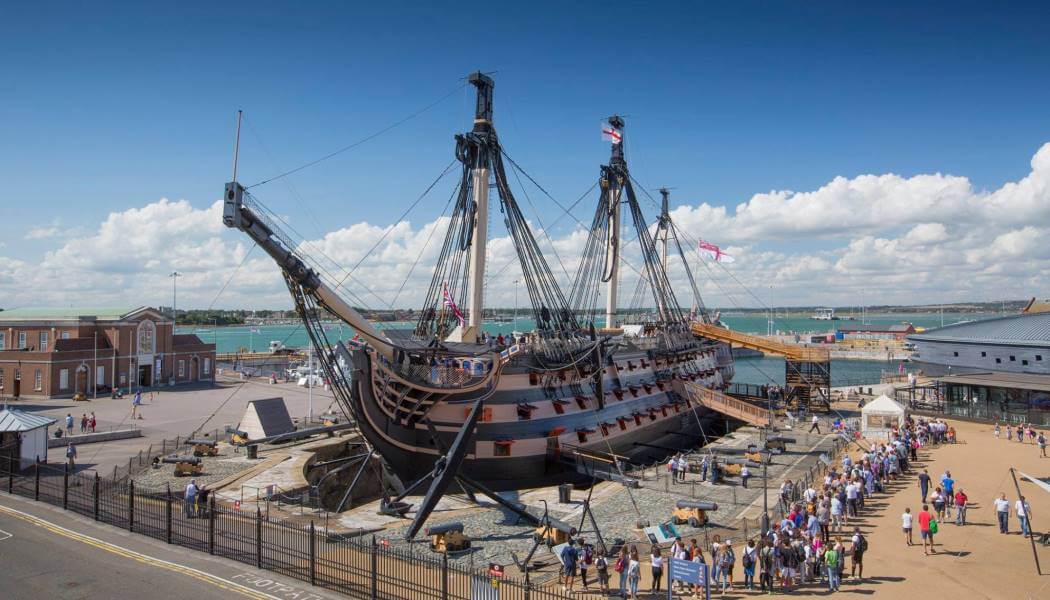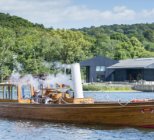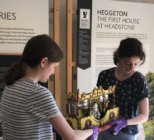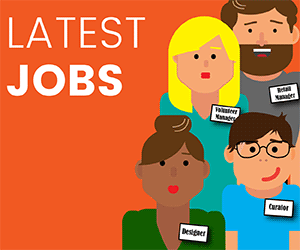Envisaging a visit to a museum and making it clear both online and onsite what is on offer is crucial to organisations making the experience the best it can be. That is the opinion of Colin Mulberg, of Colin Mulberg Consultants, who is a fierce advocate of museums and heritage attractions offering clear and definable reasons for people to visit them.
According to Mulberg and his team, museums are also taking a risk that visitors may only come once if they do not seize the chance for the visitor to get more involved, be better informed, more engaged and therefore become a repeat visitor.
“One of the things I am increasingly focusing on within the sector is moving towards a visitor focus,” he says. “This means starting to understand how to look at visitors across the board and it’s no coincidence that one of AIM’s Hallmarks is Visitor Focus.”
This visitor focus model links to a whole range of different visitor facing areas, such as the decision-making processes that people go through before they make a visit – this is where they will start to form an opinion of what a museum or heritage attraction offers and whether it is of value to them. So whatever you do, says Mulberg, if you don’t address this, visitors will still have to decide whether to visit but it will make the task more time-consuming, challenging and potentially more frustrating.
“Even if they are standing outside your building they will then have to make instant decisions about whether they will visit or not,” he says. “The thing to remember is people are investing their time and energy and sometimes their money, if there is an entry charge and/or if they want to buy things. The point is that it’s not totally free, they are going to have to plan, maybe read things and put mental effort in once inside and there’s an opportunity cost where they could have been doing something else.”
Another reason to pay attention to the threshold, both online and at the entrance to an organisation, is because people don’t have to come to museums and heritage attractions: there are other things they can do. So Mulberg says that organisations have to make sure they are clear about what the reasons are for people paying a visit.
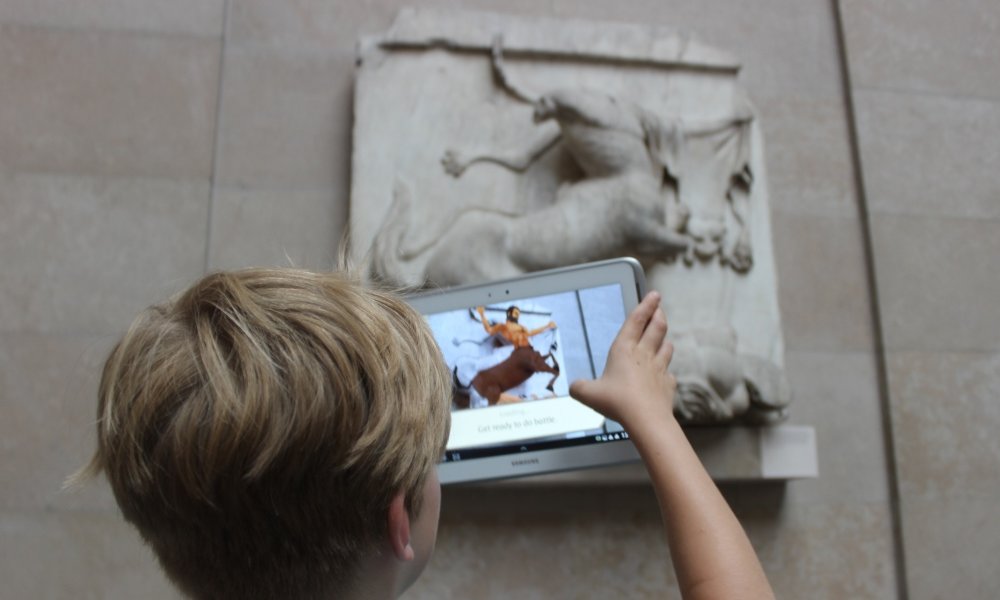
“We can do that by making the experience as good as possible, right the way through from people thinking about visiting, to them leaving and even having a relationship afterwards. For example at the SS Great Britain they are thinking about how they forge long-term relationships with their visitors – how do they make the experience good enough and do they keep people engaged so that they keep that contact with them.”
Mulberg says that SS Great Britain thinks about the visitor in all these scenarios and that this is the same as businesses outside of the museums and heritage sector knowing their customers’ needs and expectations. So for museums it is about formulating all the elements of the experience and making them as strong as possible.
long-term sustainability
This will then support an organisations’ long-term sustainability, especially as the amount of money made available in donations and grants has shrunk over the past few years, and maybe for good, added to by the uncertainty of Brexit and possibly European funding drying up.
“Organisations are thinking strategically about their future and how to secure it, that’s why they are thinking more about what role visitors play in that. If we don’t give them a good experience we are risking them going somewhere else. And if we don’t secure visitors for the future we affect the ability to survive.”
So the rationale is that by better understanding the visitor, organisations can ensure they are providing a matching offer to what visitors want and create a more focused strategy for themselves.
“This is giving your customer what they want when they want it. Outside the sector this is fully understood. It’s about understanding visitor motivation and what they value, then looking at what assets you have and making sure there’s a match. If you can’t match this fully, you are giving a weak offer and you are taking a risk.”
Of course the risk is that visitors don’t get to the front door (after visiting an organisations website) or have a bad experience when they do and stop visiting from that moment on (possibly telling friends) and look for better offers elsewhere.
Portsmouth Historic Dockyard
An example where tackling these issues has been successful is at Portsmouth Historic Dockyard where they have transformed their welcome. Colin Mulberg Consulting has worked with the whole dockyard site, which has 11 visitor attractions, over the past three years to find out what happens when people come through the threshold of the dockyard.
“Basically visitors were presented with a series of titles, some with different prices. But there was no explanation of what the actual offer was, what was available and what the experience would be. The nearest analogy we could come up with was expecting people to go and see a film but all they’ve got is a title and sometimes no timings and different prices. So we started to work out what the experience of this was like and finding that some people were finding it too difficult and deciding to go to the shopping centre next door.”
Mulberg says this is the first step of change and the project is ongoing. At Portsmouth Historic Dockyard they actually thought about what it was like to approach the gates of the site before a visitor enters. What do you need to know, how can you prepare people, how can you actually start to give them an indication of the various attractions on offer, essentially what the whole dockyard is about. So now there are images, there are descriptions and there are even line drawings at the some of the ships.
“You don’t want potential visitors to start their journey with uncertainty and hard work. Once you’ve bought your ticket, you then have to structure your visit. Do I see the first thing I come to, how long do I want to spend here, do I want to be the person that goes to the dockyard and doesn’t see the Mary Rose or HMS Victory because I ran out of time or, I didn’t know it was there, however unlikely that would be.”
culture change
The Portsmouth Historic Dockyard project goes hand-in-hand with their marketing and the website strategy. Mulberg says sometimes it’s an internal cultural change and instead of an inward focus looking at collections and what objects a museum has, it’s an outward looking approach with visitors at the heart where they begin to explain why the experience is going to be brilliant for them.
One of the functions of a museum and especially a trust, Mulberg says, is that its board of directors and board of trustees looks after the collections. However, if you look into the future, they cannot necessarily guarantee they can do this unless they can secure the organisations’ funding through visitors.
“It’s sustainability. We have seen quite a lot of places close over the years and that is usually linked to dwindling visitor numbers and people not valuing the experience of visiting.”
Payback
Mulberg says he uses the word payback a lot: understanding particular audiences and what the payback is for them. Or, what are they are after and what is a brilliant visit for them. And it will change, so if you have a young family it will be a very different visit to that of a specialist.
“For each audience a museum should be able to understand what is it they value and what it is they are looking for and what motivates them and I call that payback. The next thing to do is say how can we give them this – how can we structure that into a visitor journey that gives each audience a great visit.”
The result should be a seamless experience where the visitor does not see the internal divisions and if they enjoy the experience it will enhance the enjoyment of the collection.
Understanding Your Visitors - free talks at the M+ H Show
Colin Mulberg Consulting will be overseeing the Understanding Your Visitors talks (below) at the M+H Show on Wednesday 16 May
RAF Museum – Cultural Change Through Community Partnerships
The Postal Museum – Keeping the Postal Museum’s Mail Rail on Track
St Neots Museums, Royal Greenwich Heritage Trust & Morris Hargreaves McIntyre – Futureproofing – Who are we here for?
Richard Evans, Beamish Open Air Museum – The Rewards of Visior Focus
BDRC Continental – Rating, ranting and recommendation: understanding your online audience
The Shakespeare Birthplace Trust – Using visitor insight to drive engagement
Museum of English Rural Life – Whose story is it anyway?

